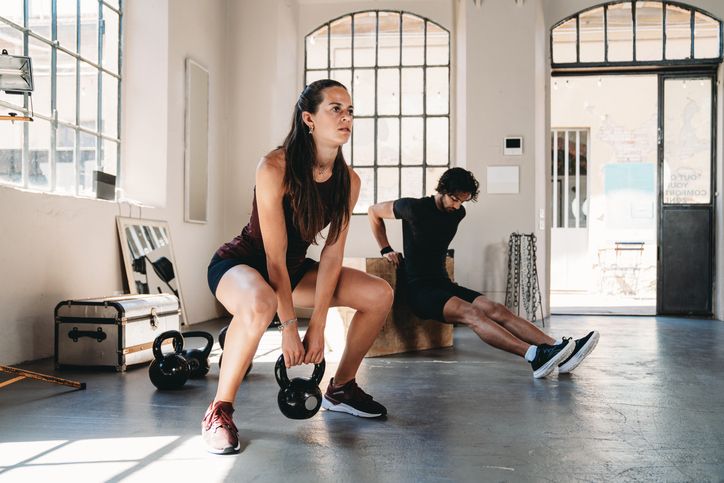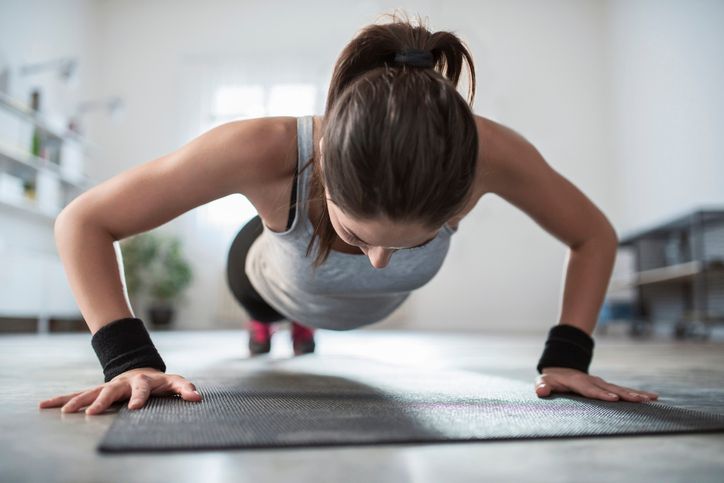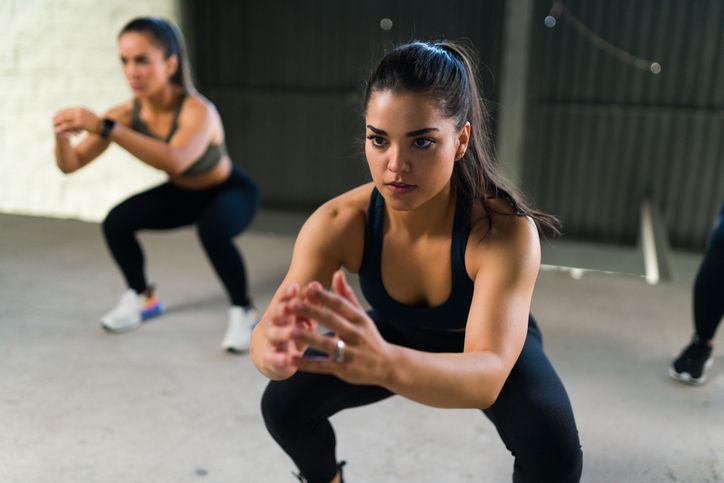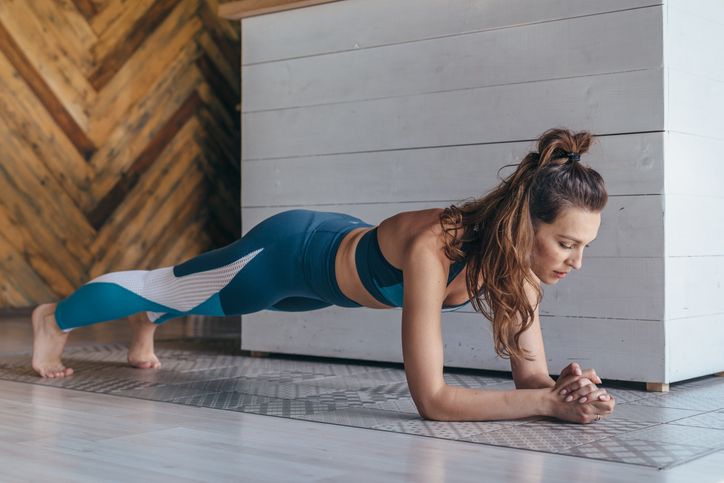- Home
- Trend
- Weight Loss Strategies
- Acne Tips
- Hair Health Information
- Blemish Removal Tips
- Acne Scar Removal Tips
- Muscle Building Techniques
- Intimate Care Tips
- Postpartum Intimate Care
- Eye Bags Wiki
- Tips for Face Slimming
- Secret of Permanent Hair Removal
- Breast Enlargement Tips
- Cure to Snoring
- Marionette Lines
- Skin-Tightening Secrets

免費體驗
S6 Body Sculpting Treatment
1 Minute Self-Registration
Date should not be before minimal date
Want to lose weight, gain muscles or improve lung health? Welcome to the ultimate guide to circuit training workouts! Whether you're a fitness newbie or a seasoned pro, this guide is packed with everything you need to know about circuit training. We'll explore what circuit training is, its incredible benefits, and how it compares to other popular workouts like HIIT. Plus, you'll get step-by-step guides for creating your own circuit training routines and sample workouts for all fitness levels. Let's dive in and discover how circuit training can transform your fitness journey!
1
What Is Circuit Training?

2
Types of Circuit Training

Repetition Circuit: Definition and Example Workouts
Timed Circuit: Definition and Example Workouts
Competition Circuit: Definition and Example Workouts
Sport-Specific Circuit: Definition and Example Workouts
- Postpartum Diastasis Recti: Still Look Pregnant After Giving Birth? 3 Exercises + 1 Treatment To Help You Regain Your Core
- How To Get That Coveted Firm Ab Line? 7 Core Exercises To Sculpt Your Abs And Waistline
- Discover How To Lose Weight Fast Without Exercise And Who Can Do That
- Slim Thighs: 8 Foods + Exercises + Tried-and-Tested Treatment
3
Difference between a HIIT and a Circuit Training Workout: Key Differences and Similarities

4
Benefits of Circuit Training Workouts

Increases Strength: Explanation and Supporting Evidence
May Help with Weight Loss: Explanation and Supporting Evidence
Time Efficient: Explanation and Supporting Evidence
Improves Heart Health: Explanation and Supporting Evidence
Improves Muscular Endurance: Detailed Benefits and Examples
Full-Body Workout: Efficiency and Comprehensive Muscle Engagement
Improves Exercise Adherence: Factors Contributing to Consistency and Enjoyment
Mood Enhancement: Psychological Benefits and Social Aspects

免費體驗
S6 Body Sculpting Treatment
1 Minute Self-Registration
Date should not be before minimal date
5
S6 Body Sculpting Treatment: Achieve Your Ideal Shape Quickly and Safely!

6
How to Create a Circuit Training Session?

Step 1: Set a Time Limit: Importance and Tips
Step 2: Pick an Upper-Body Exercise: Examples and Variations
Step 3: Pick a Lower-Body Exercise: Examples and Variations
Step 4: Pick a Compound Exercise: Examples and Variations
Step 5: Add One Minute of Max-Effort Cardio: Importance and Examples
Step 6: Take a One-Minute Rest: Recovery Tips and Benefits
Step 7: Organize and Progress Over Time: Structuring Workouts and Tracking Progress
- 5 Simple At-Home Yoga For Weight Loss: Is There An Easier Way To Lose Weight Than Yoga?
- 10 Reasons On Loose Belly Skin & How To Tighten Skin On Belly
- Postpartum Diastasis Recti: Still Look Pregnant After Giving Birth? 3 Exercises + 1 Treatment To Help You Regain Your Core
- The Burpee Workout Guide: Full-Body Fat Burn In Just 10 Minutes A Day!
7
Does Circuit Training Count as Cardio?

Cardio Benefits of Circuit Training
Supplementing with Additional Cardio
8
Sample Circuit Workouts

Beginner Bodyweight Circuit: Step-by-Step Guide
Advanced Bodyweight Exercises Circuit: Step-by-Step Guide
Playground Workout Circuit: Step-by-Step Guide
Kettlebell Workout Circuit: Step-by-Step Guide
Dumbbell Workout Circuit: Step-by-Step Guide
Resistance Band Circuit: Step-by-Step Guide

免費體驗
S6 Body Sculpting Treatment
1 Minute Self-Registration
Date should not be before minimal date
FAQ

How often should I do circuit training?
For most people, doing circuit training 2-3 times a week is ideal. This frequency allows for adequate recovery while providing consistent training to improve strength, endurance, and overall fitness. Adjust based on your fitness level and goals.
Can circuit training help with weight loss?
Absolutely! Circuit training combines strength and cardio exercises, which boosts metabolism and burns calories. This makes it highly effective for weight loss. The varied exercises keep your body challenged, promoting fat loss while building muscle.
Is circuit training suitable for beginners?
Yes, circuit training is highly adaptable and can be tailored to any fitness level. Beginners can start with basic exercises and shorter sessions, gradually increasing intensity and duration as they become more comfortable and fit.
What equipment do I need for circuit training?
You can do circuit training with minimal or no equipment. Basic bodyweight exercises require no gear, but adding dumbbells, kettlebells, resistance bands, or a jump rope can enhance your workout. Many circuits can be done at home or in a gym.
How long should a circuit training session be?
A typical circuit training session lasts between 20 to 45 minutes, depending on your fitness level and goals. Beginners might start with 20-30 minutes, while more advanced individuals can aim for 45-60 minutes for a more intense workout.








